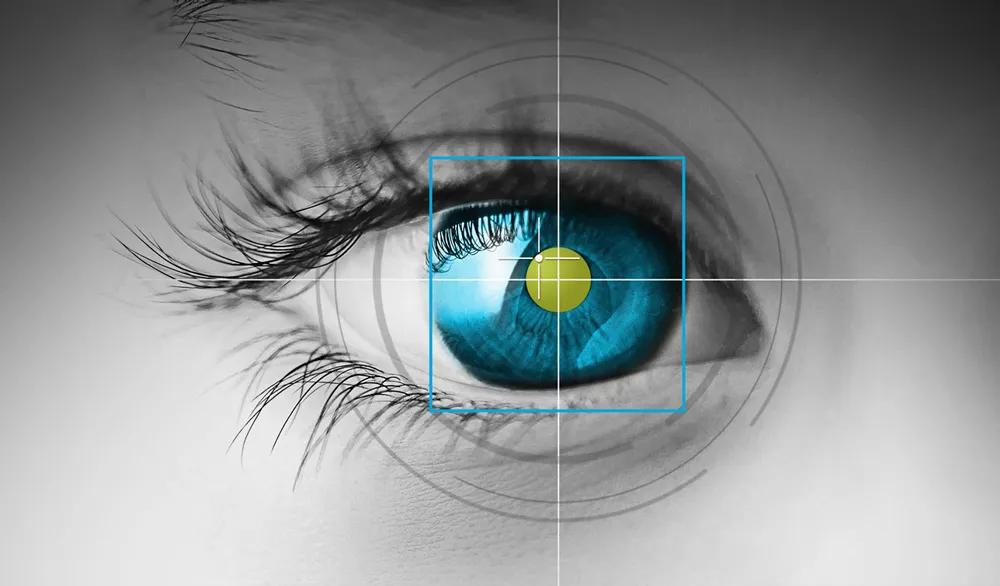Visuals and the rendering of them is one of a few significant obstacles when it comes to the future of VR headsets. Mobile headsets are handicapped largely due to the dependence on the capabilities of the smartphones being used, as noted by the NFL’s media director in a previous report. The more major headsets have their issues as well and FOVE has partnered with AMD to demo a new style of rendering that could influence the trajectory of the VR industry as a whole.
FOVE developed their own VR headset, which was funded with over $400k in contributions via Kickstarter. They staked the claim that the FOVE 0 is the very first VR headset capable of eye-tracking and they use a “foveated rendering” technique that produces full-resolution imagery where a person is looking and spends fewer resources on images in the periphery. At GDC, FOVE partnered with AMD and digital entertainment studio Frima to show AMD Multires Rendering running on Radeon hardware for the first time. VR can tax graphics processors in a big way but this technique is FOVE’s attempt at helping the next generation of VR with efficient processing, realistic imagery, and affordability.
The result of foveating is something that closely mirrors the way human eyes function. In the press release for the announcement, AMD’s Director of VR Darryl Sartain says FOVE gives them the crucial ability to render high-resolution where it matters. The demo shows off a baseline GPU improvement of 30% which is more than enough to be impactful, but the team occasionally say improvements of 100% which nearly doubled the framerate. The CTO of FOVE, Lochlainn Wilson, says they’re still learning about foveating “but these early improvements are very real and very exciting”.
Maintaining a high framerate is crucial for VR and being able to sustain it with less processing power will pay major dividends across the entirety of the VR industry. Stay tuned to UploadVR for more GDC coverage this week.


























